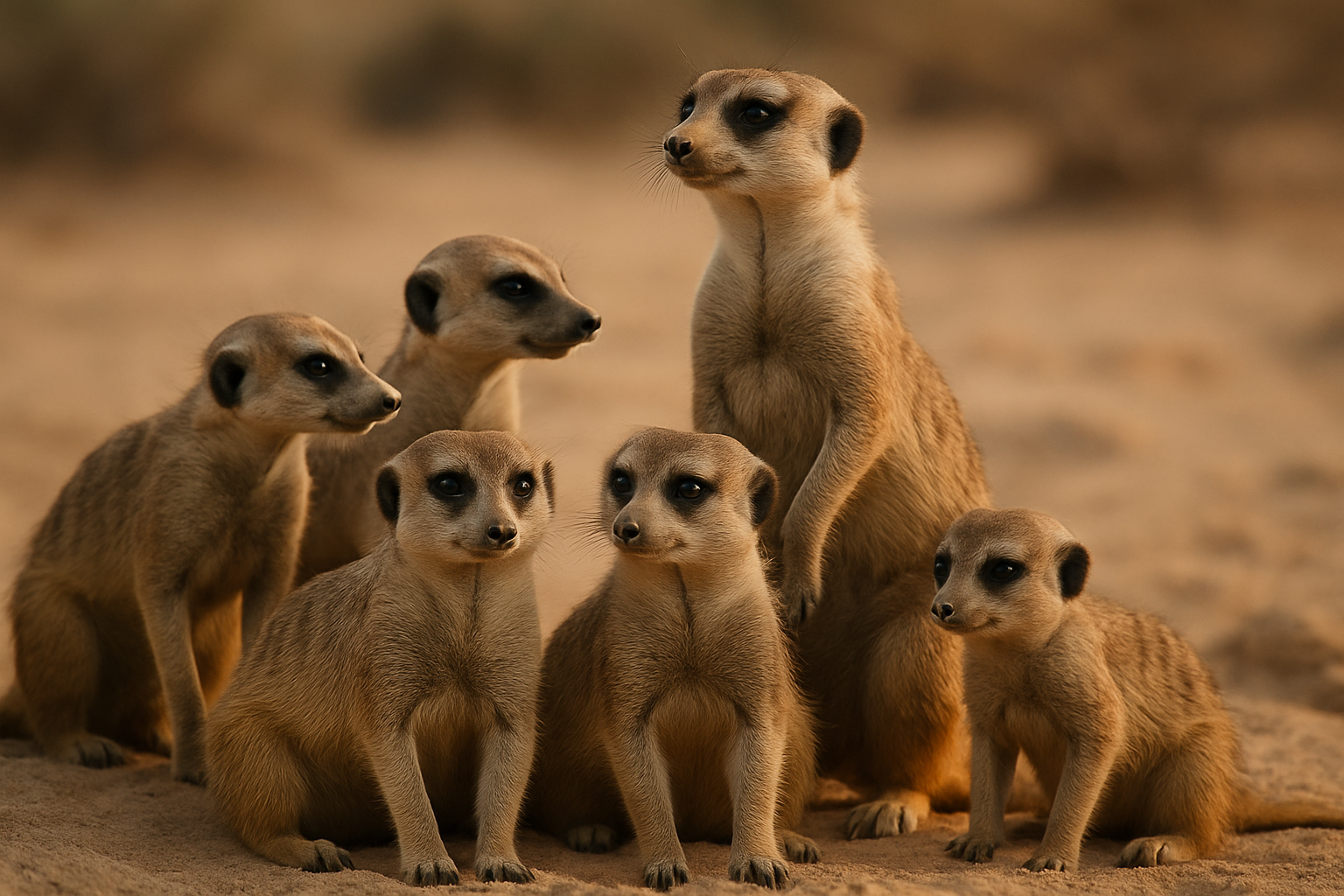Understanding the Intricate Social Life of Meerkats
Introduction: Did you know that meerkats, the small carnivores belonging to the mongoose family, have a complex social structure that rivals even human societies? This fascinating aspect of meerkat behavior has intrigued scientists and animal lovers for decades, making them one of the most studied animals in the wild. Let's delve into the intricate social world of the meerkats and unravel the secrets behind their cooperative living.

The Remarkable Social Structure of Meerkats
Meerkats live in large, tight-knit groups known as ‘clans’ or ‘mobs’, which can consist of up to 50 members. These social clusters are matriarchal, with a dominant female leading the group. This female is typically the mother of the majority of the clan’s pups and holds the ultimate authority. The rest of the group works cooperatively to support her and her offspring, displaying exceptional teamwork and collaboration.
The Role of Alloparenting in Meerkat Society
Remarkably, meerkats practice a form of shared parenting called ‘alloparenting.’ This means that the entire group helps take care of the pups, not just the biological parents. They assist in feeding, teaching, and guarding the young, ensuring their survival. This altruistic behavior is a cornerstone of meerkat society, demonstrating their strong sense of community.
The Intricate Communication System of Meerkats
Meerkats use a sophisticated system of vocalizations, body postures, and scent markings to communicate with each other. There are specific calls for different types of predators, informing the group whether they need to hide or flee. They also use scent markings to establish territory boundaries and assert dominance, creating complex social dynamics.
The Impact of Meerkat Behavior on Conservation Efforts
Understanding the social behavior of meerkats can aid in their conservation. Their cooperative living and complex communication systems indicate high levels of intelligence and adaptability, traits that can help them survive in changing environments. However, their reliance on group living also makes them vulnerable to threats that could disrupt their social structure, such as disease or habitat loss.
Meerkats in the Pet Trade: An Ethical Dilemma
While meerkats have gained popularity as exotic pets, their complex social needs make them unsuitable for domestic life. They require the company of their own kind and a spacious environment to exhibit their natural behaviors. The average pet owner cannot provide these conditions, leading to serious welfare concerns. Meerkats in the pet trade can cost anywhere from $1,000 to $3,000, a price that does not reflect the true cost of their care or the potential harm to their wellbeing.
In conclusion, meerkats are fascinating animals with complex social structures and behaviors. Their intricate societies, cooperative living, and sophisticated communication systems make them a captivating subject for study. However, their unique needs also highlight the importance of conserving their natural habitats and discouraging their trade as pets. As we continue to learn more about these remarkable creatures, we can better appreciate their role in the ecosystem and work towards their protection.





